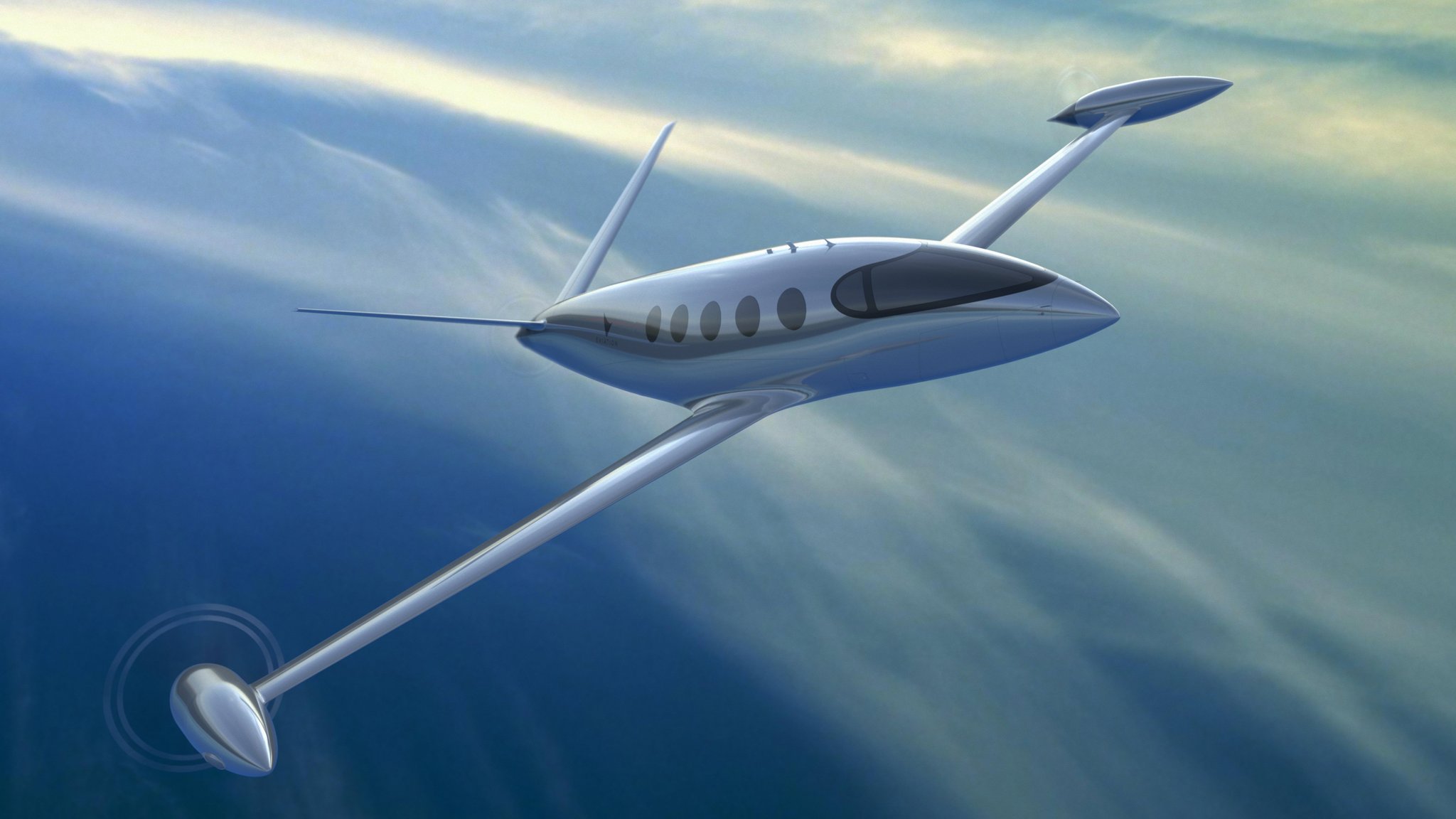Efficient Aviation
Efficient aviation technologies aim to reduce the environmental impact of air travel through improved aircraft design, alternative fuels, and operational efficiencies. This solution is crucial for mitigating the aviation industry's contribution to climate change.
 Image Credit: Financial Times
Image Credit: Financial Times
job openings
View open jobs in this Solution
Example Companies
- Joby Aviation - Developing electric vertical takeoff and landing (eVTOL) aircraft for urban air mobility.
- Wright Electric - Creating electric airplanes for short-haul flights.
- ZeroAvia - Developing hydrogen-electric powertrains for aircraft.
- Heart Aerospace - Designing electric regional aircraft.
- Eviation - Producing all-electric aircraft for regional transportation.
Overview
This includes breakthrough technologies such as efficient engines, fuel-efficient airplanes, and sustainable aviation fuels (SAF).
Critical Goal
The biggest benchmark from Speed & Scale
By 2050, achieve net-zero emissions for aviation.
Use their news tracking tool to track progress
Resource
Sustainable Aviation Fuel
Progress Made
Significant advancements have been made in efficient aviation technologies:
- Electric Aircraft and Fuel Cells: Developed by companies like Airbus, Boeing, and Rolls-Royce.
- Collaboration with Governments: Policies supporting the adoption of new technologies.
- Reducing Greenhouse Gas Emissions: Emissions from flights and distance reduced through various initiatives.
Solutions by Sector
Aircraft Design
- Electric Propulsion: Developing fully electric and hybrid-electric aircraft.
- Aerodynamic Improvements: Designing more efficient airframes and wings.
- Lightweight Materials: Using advanced composites to reduce aircraft weight.
Case Studies:
- Eviation Alice: All-electric aircraft designed for regional transportation, with a range of up to 440 nautical miles (Eviation).
- Airbus E-Fan X: Hybrid-electric aircraft demonstrator project, showcasing the potential for electric propulsion in commercial aviation (Airbus).
- NASA X-57 Maxwell: Experimental aircraft testing distributed electric propulsion technology (NASA).
Alternative Fuels
- Sustainable Aviation Fuels (SAF): Developing and scaling up production of biofuels and synthetic fuels.
- Hydrogen Fuel: Exploring hydrogen as a zero-emission fuel for aviation.
- Power-to-Liquid Fuels: Converting renewable electricity into liquid fuels for aviation.
Case Studies:
- United Airlines: Committed to purchasing 1.5 billion gallons of SAF over 20 years, the largest commitment of any airline (United Airlines).
- ZeroAvia: Developing hydrogen-electric powertrains for aircraft, with successful test flights of their technology (ZeroAvia).
- Neste: Producing SAF from renewable waste and residue materials, supplying major airlines globally (Neste).
Operational Efficiency
- Air Traffic Management: Improving flight routes and reducing congestion.
- Ground Operations: Enhancing efficiency of airport operations and ground support equipment.
- Data Analytics: Using big data to optimize flight planning and operations.
Case Studies:
- SESAR Joint Undertaking: European initiative to modernize air traffic management, reducing flight times and fuel consumption (SESAR).
- Southwest Airlines Fuel Conservation Program: Implemented various operational changes, saving millions of gallons of fuel annually (Southwest Airlines).
- Airbus Skywise: Data analytics platform helping airlines improve operational efficiency and reduce fuel consumption (Airbus).
Lessons Learned
- Not a Silver Bullet: Technology isn't the sole solution; consider aircraft, fuel, and operations holistically.
- Continuous Improvement: Evolving technology needs regular updates and refinement.
- Complementary Measures: Combine technology with alternative fuels for optimal results.
- Monitoring and Regulation: Careful oversight and regulation are required to ensure effectiveness.
- Cross-Industry Support: Industry, fuel suppliers, and government support are all necessary for success.
Challenges Ahead
- Scaling Up: Significant investment needed for research, facilities, and infrastructure.
- Overcoming Obstacles: High costs, regulatory approval, and awareness challenges persist.
- Battery Technology: Current limitations in energy density and weight of batteries for electric aircraft.
- Infrastructure Adaptation: Airports and energy systems need to adapt to new technologies and fuels.
Best Path Forward
- Develop and Improve: Enhance compatibility, accessibility, and cost-effectiveness of efficient aviation technologies.
- Raise Awareness: Educate stakeholders, incentivize adoption, and regulate to encourage implementation.
- Monitor and Evaluate: Ensure emission reduction effectiveness and make adjustments as needed.
- Collaborative Approach: Foster partnerships between aircraft manufacturers, airlines, fuel producers, and regulators.
- Investment in R&D: Continue to invest in research and development of breakthrough technologies.
- Policy Support: Implement supportive policies and regulations to accelerate the transition to efficient aviation.
Image credit: Financial Times